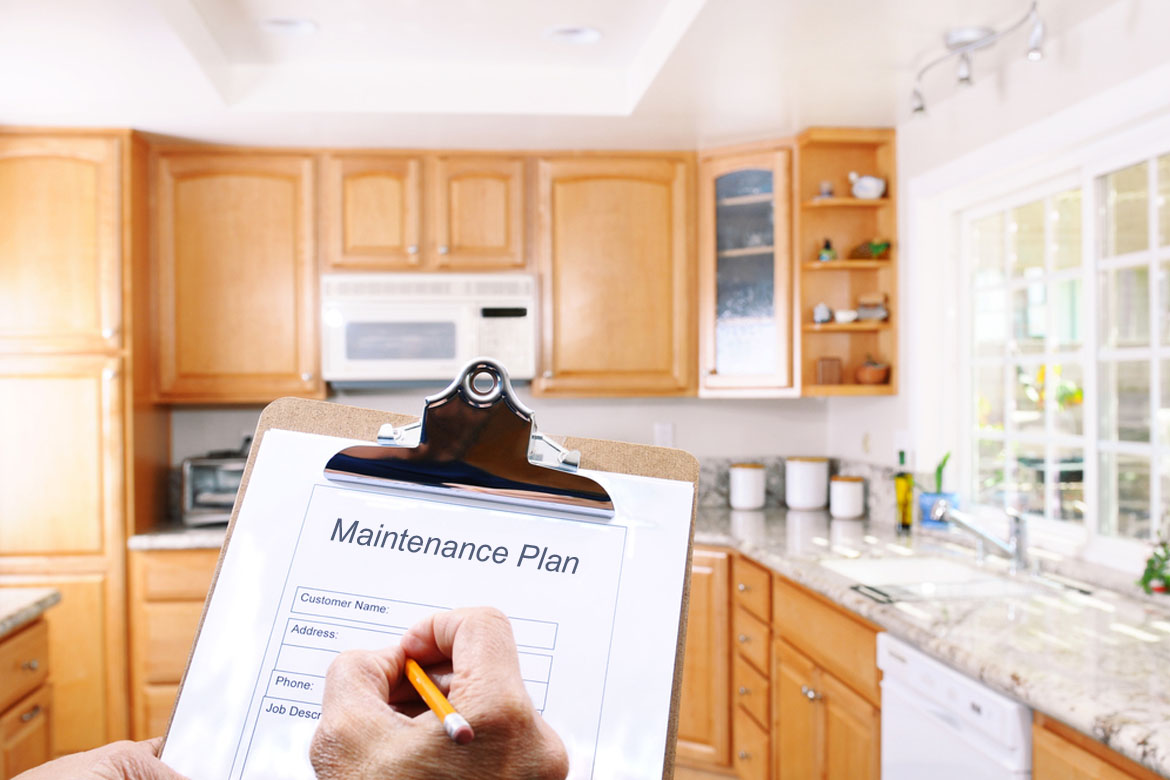How To Create A Maintenance Schedule For Your Rental Properties
Maintenance can cause quite a headache for property managers and landlords, especially those who oversee more than one property. However, performing regular maintenance and upkeep is essential to creating a safe and comfortable atmosphere for tenants. It also keeps the property in good condition so landlords can pay off the mortgage and make more money.
Here are a few tips for property managers who want to reprioritize upkeep and create a comprehensive maintenance schedule.
Hire a Maintenance Team
Landlords who don’t live close to their rental properties or have too many to maintain on their own may benefit from hiring a maintenance team. This group of technicians, plumbers, and lawn care workers will respond to maintenance requests and perform routine upkeep so nothing falls into disrepair.
Of course, this group of individuals must have the necessary skills for the job. However, they must also know how to communicate effectively with tenants and calmly handle complaints and tense situations.
After renters move into a property, the only people they’ll routinely interact with will be those on the maintenance crew, so it’s wise to hire contractors with good people skills.
Choose Vendors
On the other hand, some property managers might handle general upkeep and routine inspections on their own. In this case, they may not need to hire a maintenance team.
However, most landlords will eventually face a situation where they need professional help. Maybe they aren’t confident in their electrical capabilities or don’t have the equipment to clean up after a flood. Consequently, they’ll have to choose a vendor to do the work for them.
First, landlords must determine which tasks they can handle and which ones they may need help with. Typically, jobs that require a license will necessitate outsourcing. Septic tank clean-outs, natural gas and equipment testing, central air inspections, tree removal, and other situations may require assistance.
Once you or your property manager determine which tasks fall into this category, make a list of vendors that perform quality work at a decent price.
Make a Checklist
Regardless of who maintains the property, it’s wise to make a checklist so everyone knows when to perform specific tasks. Make separate lists for daily, weekly, monthly, biannual, and annual tasks. Remember to include seasonal to-dos like cleaning the gutters before winter and testing cooling systems in the spring.
Post these lists in the employee break room or include them in an email blast to make sure everyone understands their responsibilities.
If property managers oversee facilities like a pool, hot tub, or fitness center, they must also tend to them on a regular basis. Often, maintenance entails daily or weekly cleaning and routine upkeep. Therefore, it’s crucial to make a list so no one forgets to add chlorine to the pool or sanitize gym equipment.
Scheduling automatic reminders can also ensure everyone completes their tasks on time.
Schedule Regular Inspections
Some tasks — like inspecting roofs and HVAC systems — require a bit more planning because they involve an appointment with a professional. Typically, it’s best to schedule these regular inspections well in advance so landlords can plan for each one. Doing so also ensures an inspector is available when property managers need them the most.
Consider which elements of the property require a professional inspection and how often they need servicing. For instance, if the buildings have metal roofs, the landlord may only need to schedule an inspection every few years.
On the other hand, if they have asphalt shingles, the property manager may need to schedule more frequent examinations, because they only last for up to 20 years in most cases.
Saving Money With Maintenance
Creating a maintenance schedule for a rental property is never an easy task. At times, it can seem tedious, time-consuming, and expensive. However, taking preventive measures can minimize your costs in the long run.
Manage maintenance costs by setting aside at least 1% of the property value each year. Landlords can easily accomplish this by saving a small portion of their income every month. Saving now will help cover emergency repairs and prevent some costly problems in the first place.
If maintenance does prevent mishaps, landlords can use the extra money to make updates and renovations and continually attract new tenants.
About The Author:
Evelyn Long is a writer and editor based in Baltimore, Maryland. She is the co-founder of Renovated, a real estate publication for homeowners and investors.








